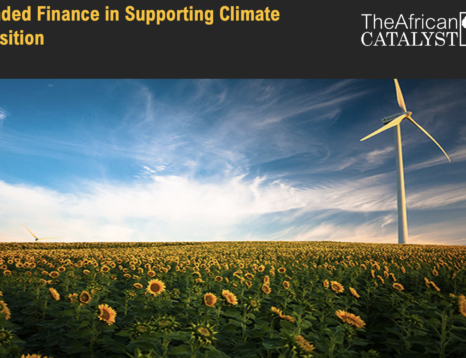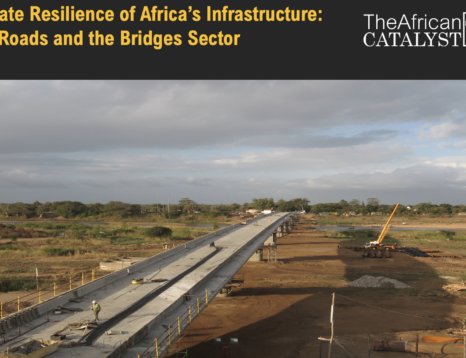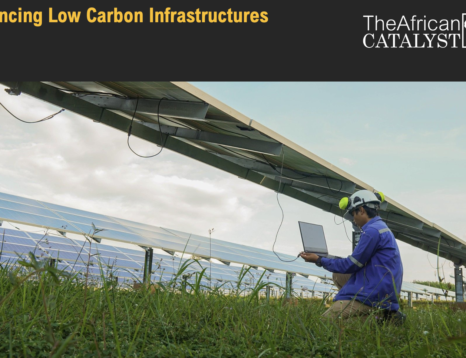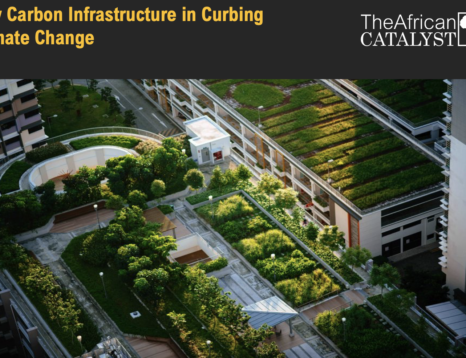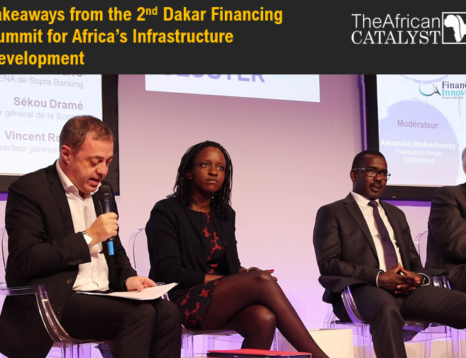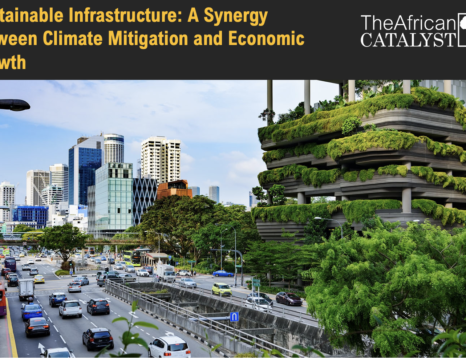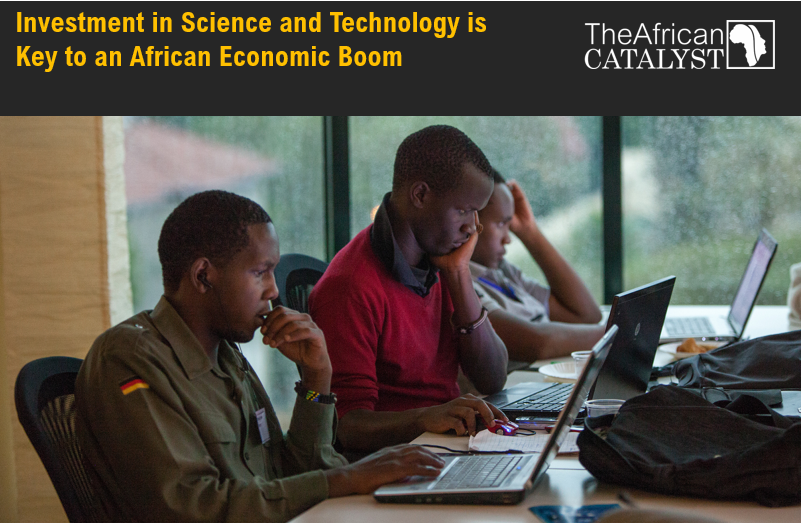
Investment in Science and Technology in Africa
According to Brookings, the African continent represents 20 percent of the earth’s surface and is home to 1.3 billion people—likely reaching 2.53 billion people by 2050. It boasts 60 percent of the world’s arable lands, large swathes of forests, 30 percent of the world’s reserve of minerals, and the youngest population of any continent.
Yet, despite these riches, it produces only 3 percent of global GDP, accounts for less than 3 percent of international trade (mainly primary commodities and natural resources), and shoulders 25 percent of the global disease burden. The picture is particularly bleak when it comes to research and innovation: Africa contributes just 2 percent of world research output, accounts for only 1.3 percent of research spending, and produces 0.1 percent of all patents.
How can a continent that has fueled the world’s industrial revolutions, that helped drive the dominance of the mobile phone industry, and whose large store of rare earth minerals are integral to the global green energy transition tolerate such dismal statistics?
This article by The African Catalyst reviews Brookings publication on the role of Investment in science and technology in an African economic boom, highlighting key facts and takeaways.
Investment in Science and Technology and African Economic Boom
According to Brookings, a lack of investment in science and technology has undermined Africa’s economic transformation at both the structural level (the shift of workers and resources from low- to higher-productivity sectors) and the sectoral level (the growth of productivity within sectors).

This lack of investment has had far-reaching consequences: Without the economic and scientific infrastructure necessary for innovation, the continent has continued to rely on the colonial development model of resource extraction, which is both unsustainable and largely responsible for its debilitating poverty and aid dependency.
These challenges have been compounded by economic fragmentation, as smaller markets constrain the long-term investments and patient capital that would foster innovation and drive technology transfer in the context of globalization.
The silver lining is that there is potential here with growing recognition by policymakers of the role that science and technology can play in achieving national development goals and transforming Africa’s economic growth story. Moreover, given the positive correlation between growth and environments that beget competition and innovation, competitiveness must be fostered.
Thus, African countries must create an enabling environment through pro-innovation, pro-science, and pro-technology policies dedicated to overcoming barriers related to regulation, corruption, and investment, while enabling private-sector innovation, adaptation, and adoption. At the same time, African governments must also invest in creating an ecosystem that facilitates investment in science and technology in a way that will not just accelerate discovery but allow innovations to enter the marketplace more quickly.
Bridging the skills deficiency gap in science, technology, and innovation is vital to unlocking Africa’s potential and accelerating economic growth and prosperity.
The best-trained, most talented researchers gravitate to environments where their work is leveraged by modern equipment, reliable utilities, and sufficient funding for supplies—and, perhaps most critically, where they can benefit from the presence of other talented people.
Thus, the tide of Africa’s brain drain must be reversed by creating a world-class education and research infrastructure that will keep the best minds on the continent and attract new ones. Already, South Africa leads the way here, with a robust research system of excellent universities and science facilities that allow it to be a full-fledged contributor to the global scientific community and an integral participant in international collaborations.
As human talent is developed across the continent, investment in research, science, and innovation will increase dramatically across various sectors, including manufacturing, which will be a significant factor in helping Africa realize its development potential and narrow its income and welfare gaps. In fact, business-to-business spending in manufacturing in Africa is projected to reach $1 trillion by 2050—a trend that creates a massive opportunity for the continent’s overall growth.
Read more here.





